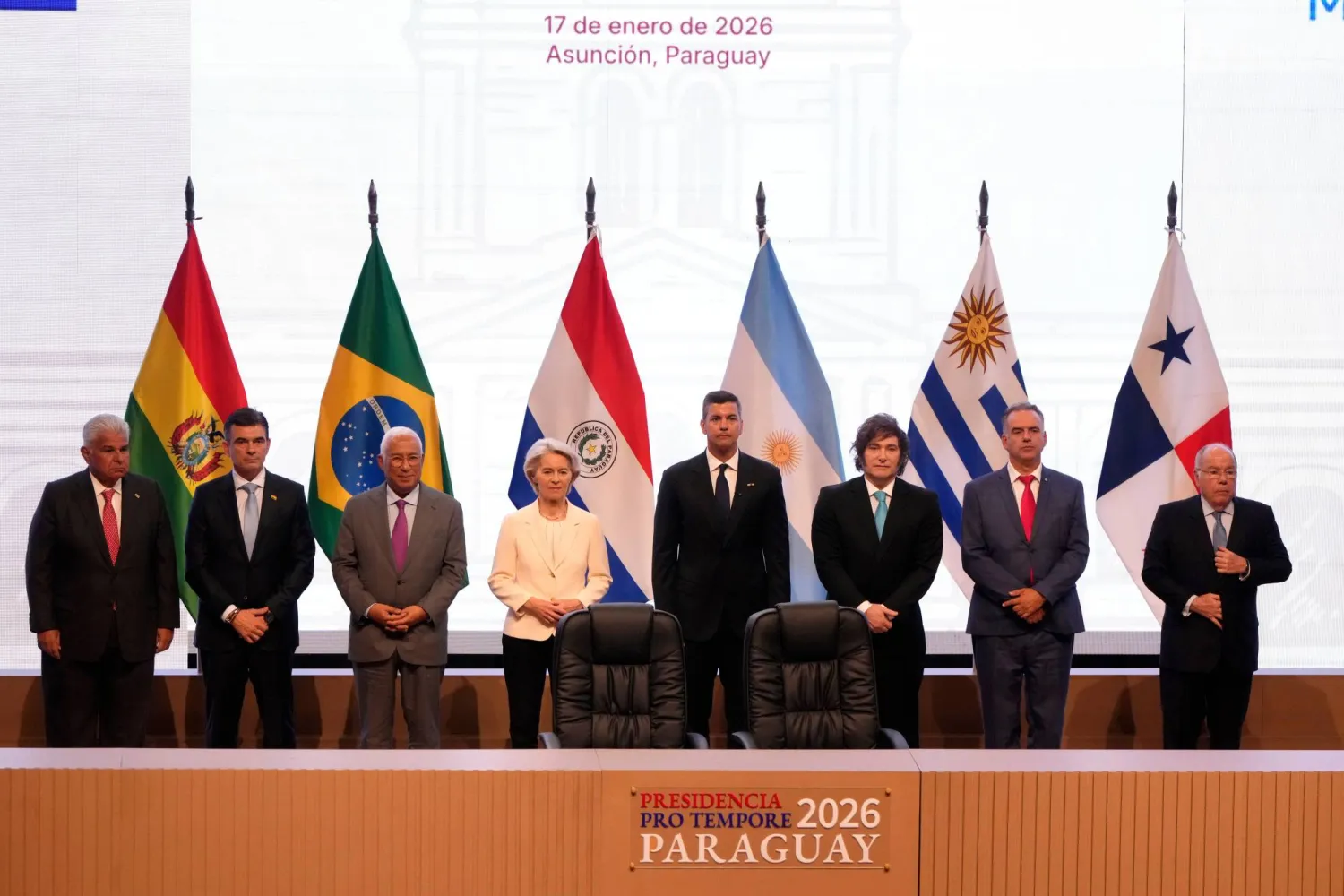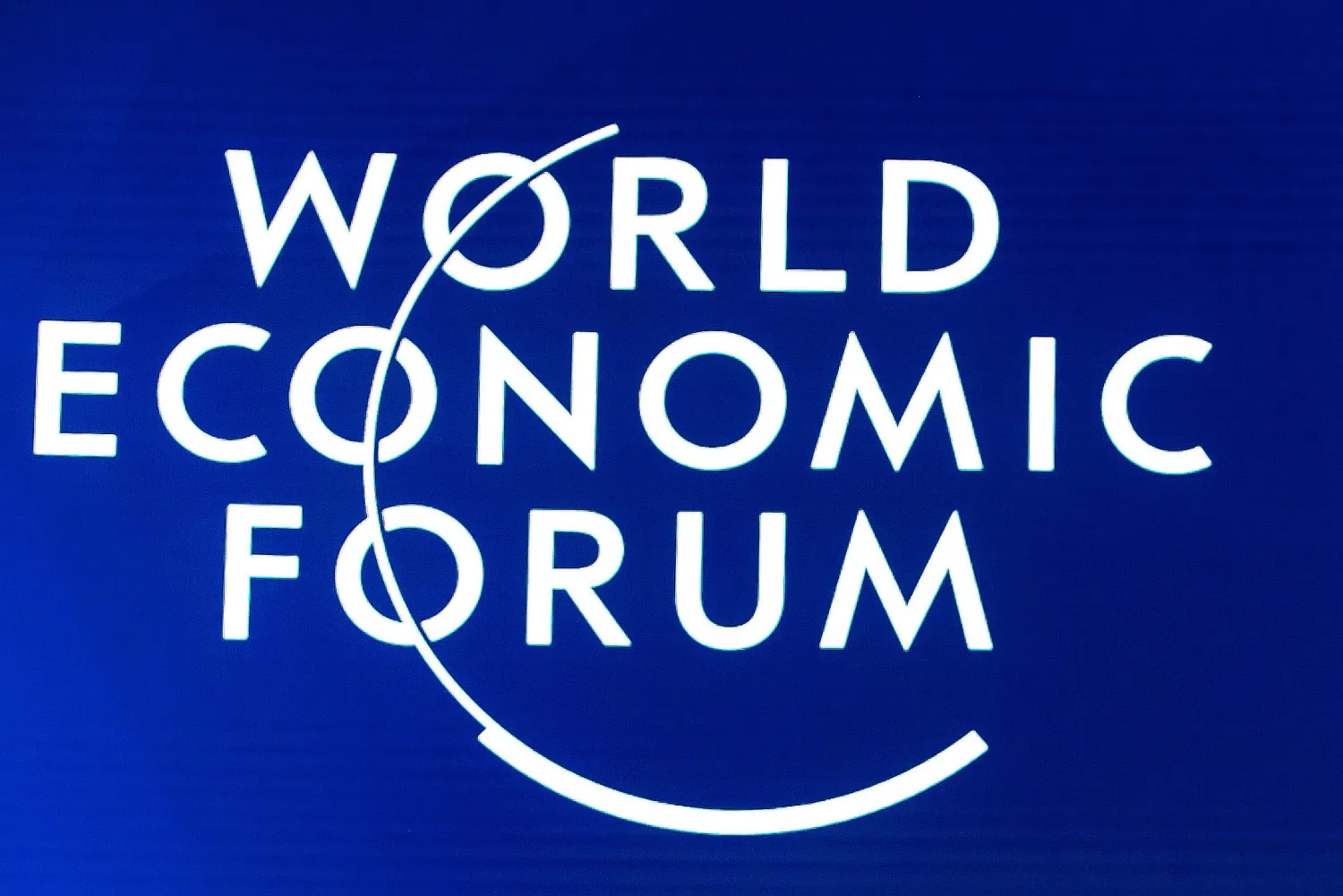A high-ranking Saudi delegation led by Minister of Foreign Affairs Prince Faisal bin Farhan bin Abdullah will participate in the World Economic Forum (WEF) Annual Meeting 2026 in Davos, Switzerland, from January 19 to 23.
Alongside Prince Saisal, the delegation includes Saudi Ambassador to the US Princess Reema bint Bandar bin Sultan bin Abdulaziz, Minister of Commerce Majid Al-Kassabi, Minister of Tourism Ahmed Al-Khateeb, Minister of Investment Khalid Al-Falih, Minister of Finance Mohammed Aljadaan, Minister of Communications and Information Technology Abdullah Alswaha, Minister of Industry and Mineral Resources Bandar Alkhorayef, and Minister of Economy and Planning Faisal Alibrahim.
Prince Faisal affirmed that the Kingdom’s participation in the World Economic Forum 2026, themed "A Spirit of Dialogue," demonstrates its commitment to international cooperation in addressing economic challenges.
He stressed the importance of maintaining regional peace, supporting sustainable development, and enhancing global economic partnerships.
In a statement to the Saudi Press Agency (SPA), Prince Faisal also highlighted the importance of public-private collaboration to achieve prosperity and security.
He noted that the Kingdom is broadening cooperation with international partners to better confront economic and environmental challenges while focusing on building institutional and human capacities to adapt to rapid transformations.
Prince Faisal stated that the Kingdom views the Davos 2026 forum as a vital opportunity to strengthen cooperation in building institutional and human capacities, essential pillars for adapting to rapid global economic shifts.
Saudi Arabia is focused on developing innovative solutions in technology and scientific research, he said.
As for Aljadaan, he affirmed that Saudi Arabia's participation in the 56th World Economic Forum stems from its commitment to strengthening international cooperation and addressing global economic challenges.
In a statement to SPA, Aljadaan pointed to the Kingdom's growing influence in shaping global economic trends, driven by its robust economy and regional and international standing.
He emphasized that the Kingdom will use this platform, which brings together government, business, and academic leaders, to explore ways to promote global stability and growth.
The minister stated that this year's forum focuses on five key global challenges: building trust and cooperation, identifying new drivers for sustainable growth, investing in human capital, ensuring the responsible use of technology and innovation, and integrating environmental sustainability into economic models. Discussions will also cover the impacts of artificial intelligence, digital transformation, and cybersecurity on global industries.
Alibrahim said the Kingdom's participation reinforces Saudi Arabia's position as an active partner in advancing comprehensive development and innovative solutions to global challenges, ensuring sustainable growth and prosperity at the local, regional, and international levels.
He told SPA that the forum will spotlight key themes aimed at institutionalizing international cooperation through participatory economic models that sustain transformative growth. He highlighted the Kingdom's success in creating new growth engines and building a robust, productive base driven by investment in strategic sectors and activities with high-quality economic returns.
Alibrahim noted that over the past five years, 74 out of 81 non-oil economic activities recorded annual growth exceeding 5%, with 38 achieving growth of more than 10%, reflecting a genuine expansion of the Kingdom's productive base.
The minister emphasized that the Kingdom's participation goes beyond mere representation, involving active contribution to advancing cooperation and strengthening the resilience of the global economy, particularly by balancing development expansion with responsible innovation policies.
Al-Khateeb also affirmed that Saudi Arabia's participation in the 2026 World Economic Forum aligns with its leadership in strengthening international cooperation and building partnerships that translate dialogue into tangible results.
Al-Khateeb told SPA that this participation extends the Kingdom's approach to opening joint investment opportunities in vital sectors, particularly tourism. He noted that Saudi Arabia has become a new global tourism powerhouse and a rapidly developing model for creating competitive destinations, reflecting its growing prominence on the international map.
Participation in Davos will highlight the importance of developing tourism experiences and service quality to ensure sustainable growth that balances high demand with added value, while preserving cultural identity and natural resources, the minister added.
As for Alswaha, he said the Kingdom’s participation is supported and enabled by Custodian of the Two Holy Mosques King Salman bin Abdulaziz Al Saud and Prince Mohammed bin Salman bin Abdulaziz Al Saud, Saudi Crown Prince and Prime Minister, and embodies the Kingdom's leadership in fostering shared solutions and strengthening global dialogue on technological innovation and sustainable growth, in alignment with the objectives of Saudi Vision 2030.
In a statement to SPA, the minister explained that the Kingdom's participation aims to convey its national experience in transitioning to the smart era and showcase its notable achievements in building a competitive, technology- and AI-driven economy. It also seeks to broaden international cooperation and open new pathways for partnerships and investments with leading global technology companies and private-sector leaders.









